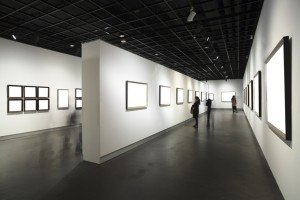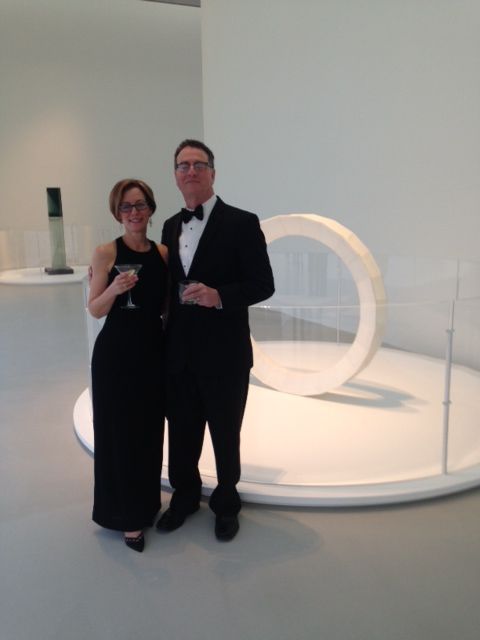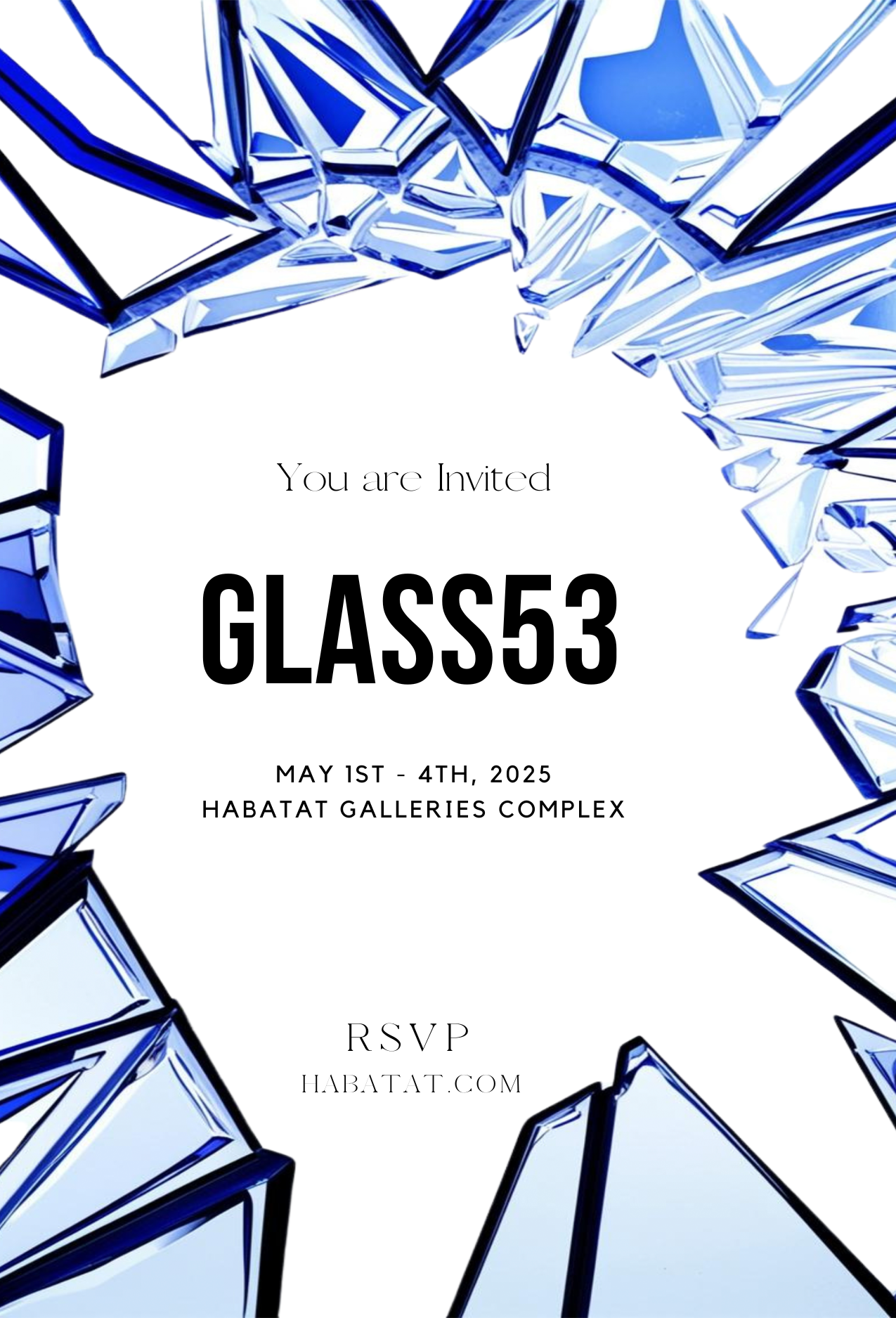Art Etiquette: a Few Things You Should Know
October 26, 2015
 It takes an incredible amount of talent and hard work to create art. For example, the two major methods of creating glass artwork, free-blowing and mold-blowing, transform raw materials into glass using temperatures around 2,400 degrees Fahrenheit. Karen LaMonte uses these extreme methods to create life-size glass sculptures, and as such, is more than worthy of both respect and praise.
It takes an incredible amount of talent and hard work to create art. For example, the two major methods of creating glass artwork, free-blowing and mold-blowing, transform raw materials into glass using temperatures around 2,400 degrees Fahrenheit. Karen LaMonte uses these extreme methods to create life-size glass sculptures, and as such, is more than worthy of both respect and praise.
This is why patrons are expected to follow the rules of etiquette when attending art exhibitions. Here are just a few of the most important ones.
Don’t Eat up the Artist’s or the Gallery Owner’s Time
It’s only natural to want to talk to the artist and the gallery owner when you go to an art exhibition, but don’t eat up all of their time. You’re free to have a conservation with both, but remember that they’re at an important function, and there are others who may want to talk to them about more pressing matters. This is especially important if you don’t plan to buy anything.
Don’t Put Off Telling a Gallery Owner You’re Not Interested
If a piece of art interests you, but you’re not entirely sure if you’re going to buy it, ask if it can be put on hold for you. More times than not, it can be. However, if you decide not to buy the art, don’t hesitate to let them know. In the time it takes for you to decide you don’t want it, and the time it takes you to notify them, they could have sold it.
Be Conscientious of Where You’re Standing
You don’t have to perpetually meander around an art exhibition, but do pay attention to where you stop and stand. If you’re in front of a single piece of art with your friends, you may be getting in other people’s way, and blocking their view. This is also true near entryways, doorways, and hallways. If you want to have a conversation, go somewhere where you won’t be inadvertently blocking people.
Basically, so long as you’re kind and conscientious, you’ll be just fine. If you have any questions about these rules of etiquette, feel free to share in the comments.


